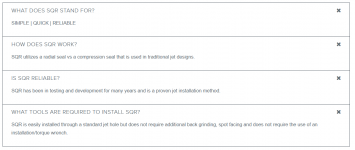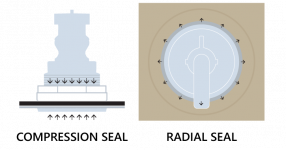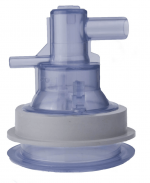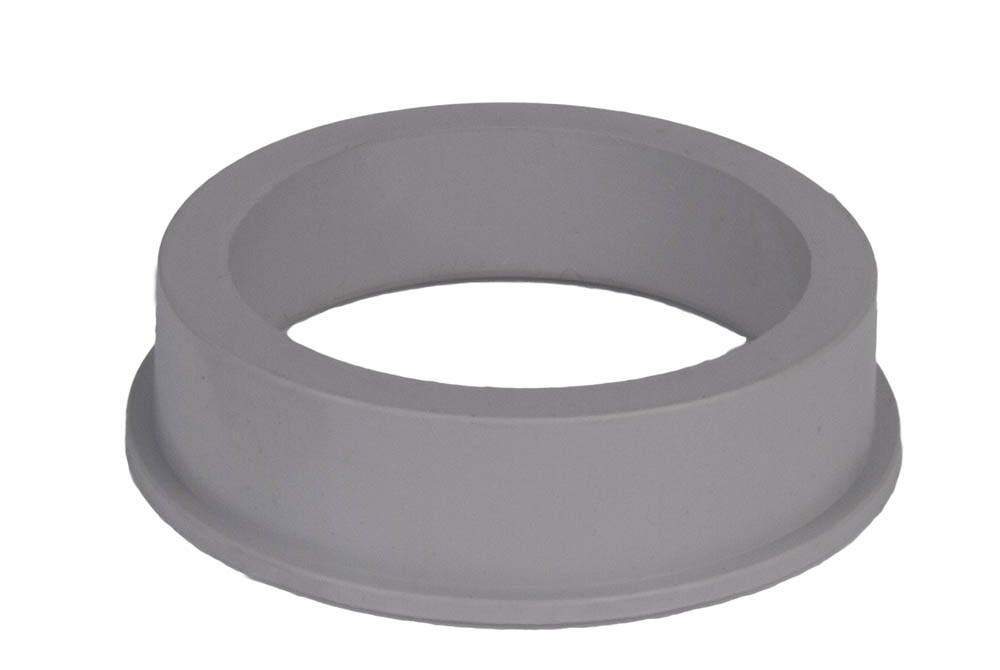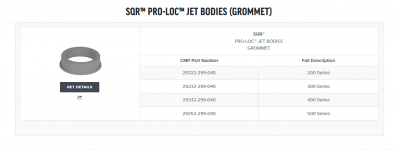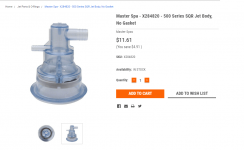Master Spas uses Balboa control systems and Waterways pumps which are the best OEM components available and, until two years ago, used Waterways jets as well.
However, at that time, they moved to the newer CMP jets.
This is an illustration of how these people let the engineers decide what’s best and keep the marketing folks away from the drawing table.
CMP jets are next generation and are compression fitted to the shell without the use of silicone.
This technology virtually eliminates the possibility of jets leaking in the future.
Master is the first manufacturer to move to this new tech but we think other high-end brands will follow suit.





